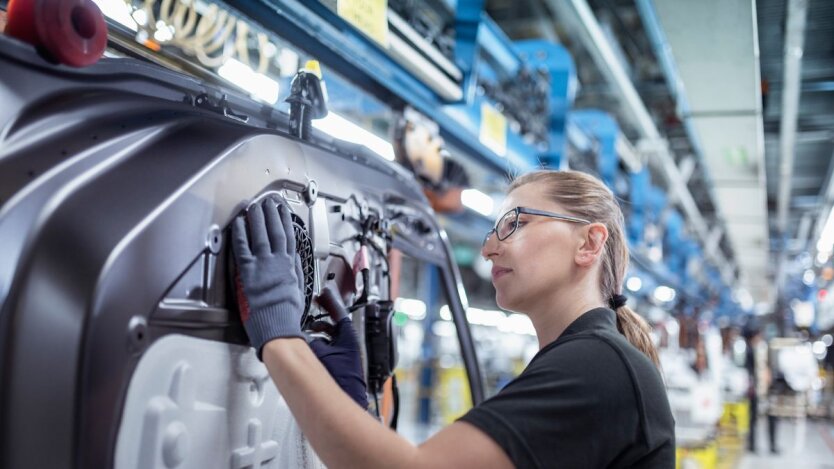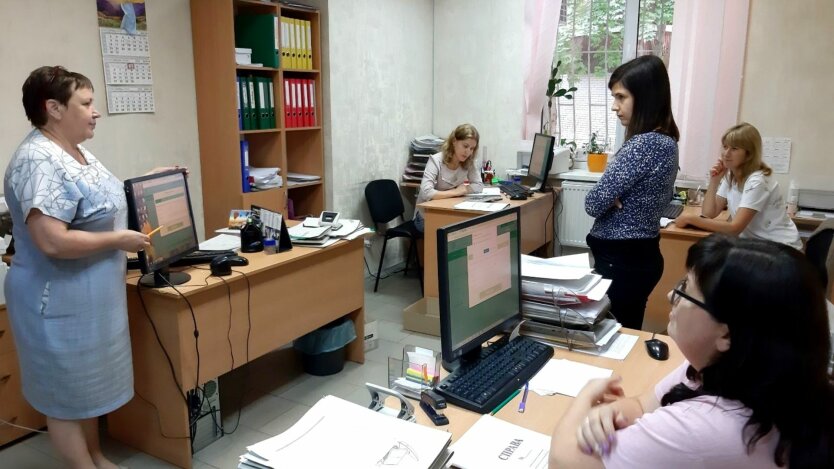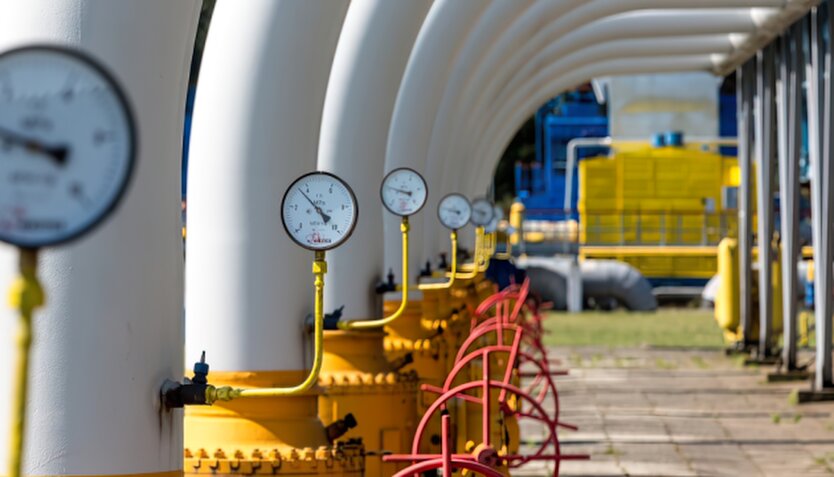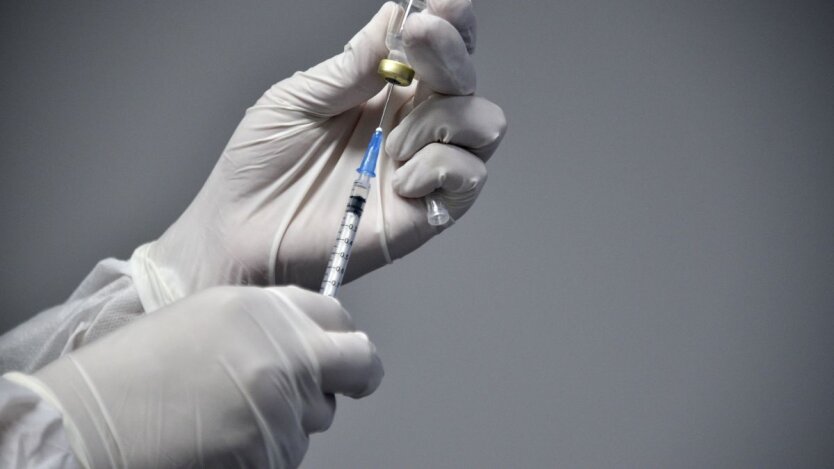Meat prices in Ukraine reached a maximum: which types of pork have increased the most.

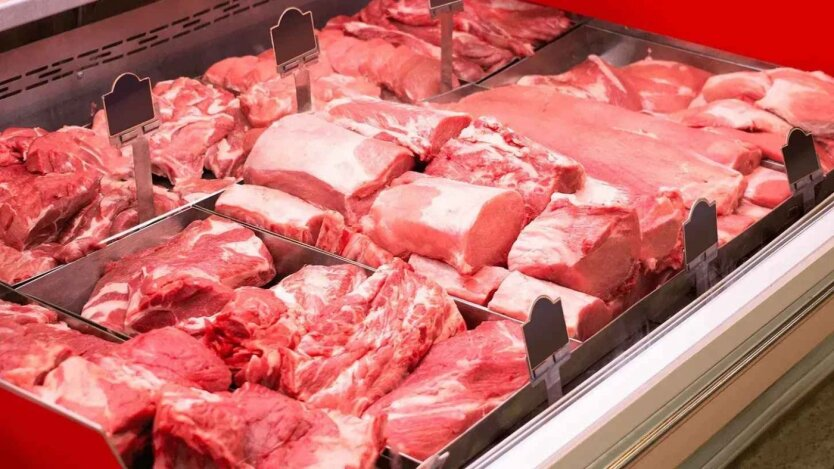
In October, pork prices in Ukraine rose again, reported the association 'Pork Producers of Ukraine'.
The price per kilogram of chilled pork in retail trade in October 2024 was 207.9 hryvnias, which is 4.4 hryvnias or 2.2% more than in September.
Prices for chilled pork semi-finished products also reached a record high compared to September of last year.
'However, while the main driver of the price increase for pork last year was the rise in purchase prices for live weight pork, this year the situation is different: the average price on the live market in October was 31% lower than last September's figure. This is related to changes at other stages of the pricing chain. In particular, the price levels for chilled pork halves are higher than last year's corresponding purchase prices,' the association explained.
This is partly due to the need to compensate for the declining prices of by-products of pig slaughter, such as skins, fat, and offal. The supply of these products is increasing this year, while the demand, on the contrary, is weaker.
The main influence on price increases comes from premium cuts of pork, such as tenderloin, loin, steak, and neck.
Nevertheless, the disparity between chicken fillet and pork prices has decreased this year, and non-premium cuts such as shoulder, thigh, and brisket have become even more accessible, analysts from the association reported.
There is also a rapid increase in egg prices in Ukraine.
Read also
- Ukrainian mobile subscribers will become 'one of their own' in Europe: what will change as early as 2026
- In Germany, the main fear of Putin was named: it will change the course of the war
- Ukrainians in the Czech Republic have simplified job searching: a useful guide has appeared
- Payment suspension: Ukrainians given time until October 1 for an important procedure
- On the verge of a gas collapse: is Ukraine threatened by a blue fuel deficit this winter
- The USA has approved an HIV injection with almost 100% protection: only two injections a year



